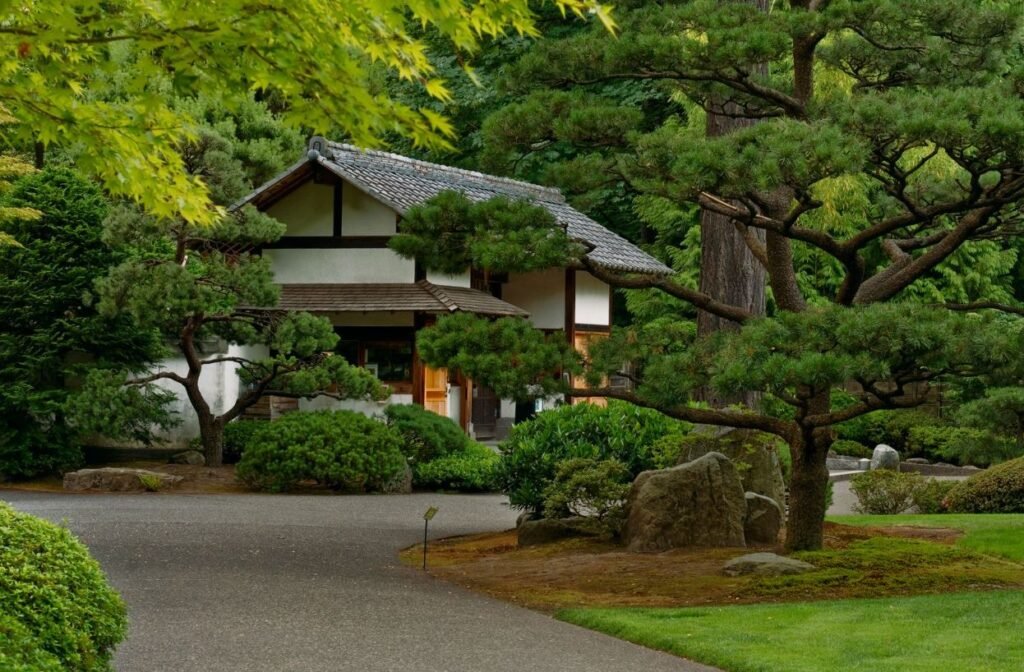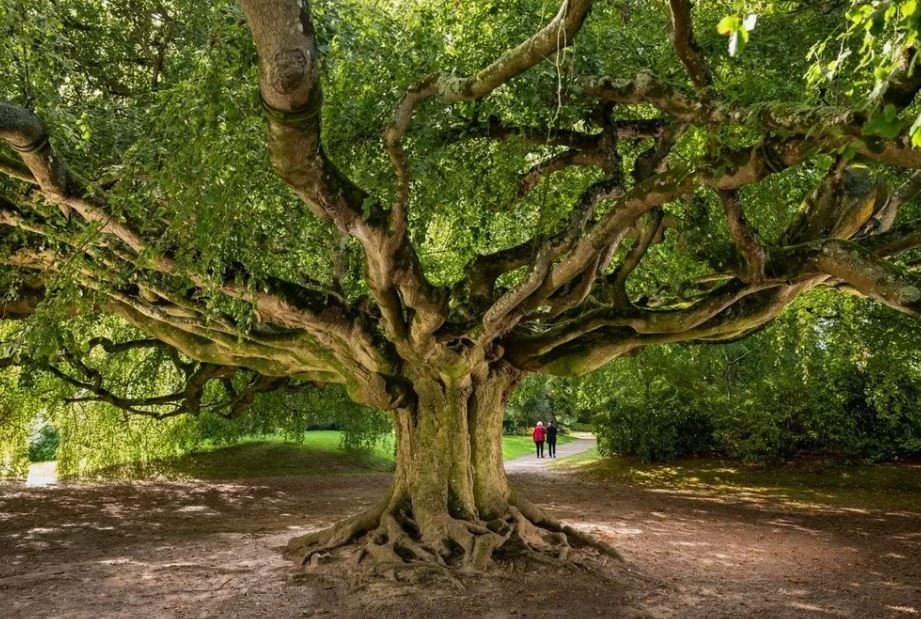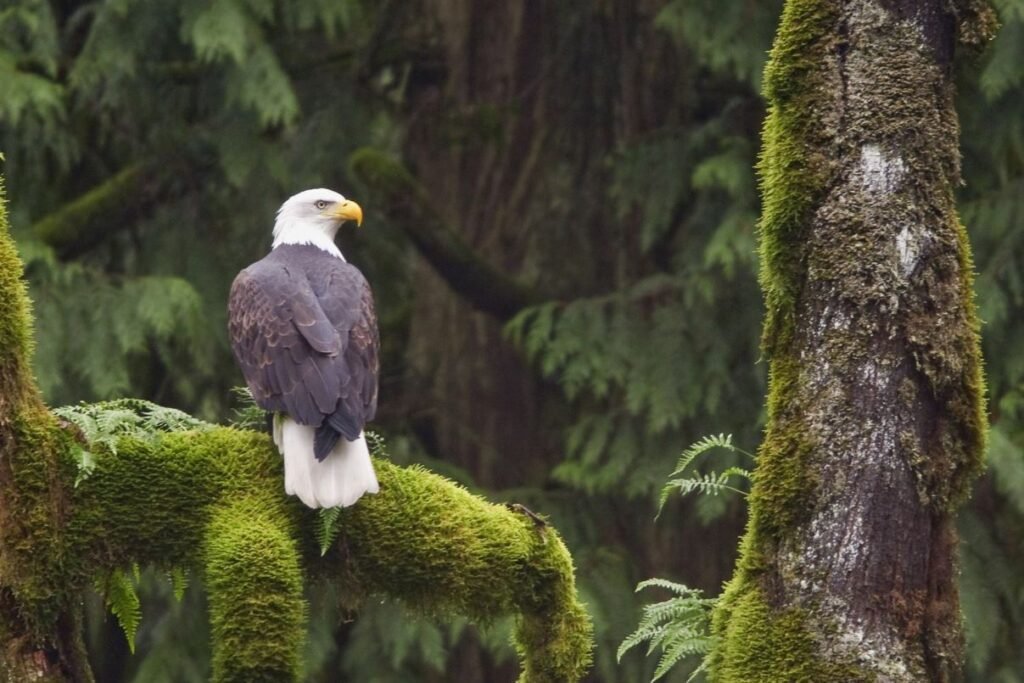A guide on choosing high quality trees for planting.
Tree selection goes beyond choosing a particular species and variety. Superior stock from a nursery should be chosen after considering a number of factors. Planting site conditions, tree structure, root ball characteristics and maximum size at planting are some of the factors to consider. A buyer must inspect nursery stock for any pests and disease and other quality factors quality tree selecting.. These include pruning cuts, canopy structure, general vitality of the tree among others. Low quality trees can be inexpensive at the nursery but end consuming a lot of money for tree treatment and maintenance. Such trees perform poorly on a landscape and may end up dying.
Considerations to make before buying quality tree.
Healthy and good quality nursery trees present the owner with numerous advantages. These trees are more likely to survive after transferring to the field. Buyers must also thoroughly scrutinize the root structure and buy from growers with a reputation for producing trees with good root systems. Good quality nursery trees have the potential to grow into strong storm-resistant trees. Some of the prominent factors to consider include:
The nursery production system: To ensure greater survival after transplanting it is necessary to buy trees from a nursery with similar conditions as the planting site. The nursery must simulate conditions of the field. The main methods of nursery production include: field grown, container grown and bare root.
Bare root trees are rare and are mostly planted in the dormant state. They are dug out of the field and transferred without covering on the roots. Trees can only be transferred bare root up to a certain size. Undue stress should not be exerted on bare roots to avoid tear and damage. The edges of the roots should be cleanly trimmed. Damaged roots can be neatly trimmed before planting.
Container trees are grown above ground in wooden, metallic or fabric containers. Remove the container during buying to inspect the roots. Circling roots are dangerous and can cause death of other roots or the entire tree. Large circling roots should be straightened during planting while the fine circling roots may be cut away.
Root ball characteristics: Before considering the root ball sizes it is first necessary to consider the nature of the soils to plant in. Drainage and irrigation frequency if any are some of the important considerations. In well drained soils, root balls of all shapes and sizes perform well. In poorly drained and compacted soils, shallow and wide balls are better suited. In sites where frequent irrigation is not available long root balls are necessary to keep the deep roots moist.
Root defects and root collar location should also be considered. Root ball defects may occur Regardless of the method of nursery production. Kinking in roots occur when roots have been turned on themselves by almost 180 degrees. This usually happens when they are folded in their container. Water and nutrients experience difficulties negotiating the severe turns in the roots. Kinked roots also do not provide the necessary mechanical support and can cause blowing over of trees during storms. Stem girdling, circling or kinked roots are some of the defects a planter may reckon with. Circling roots can cause trees to be unstable and trees with severe circling problem should not be planted. Stem girdling roots form where new roots grow perpendicular to a cut root or where the tree was produced in a very long container. Such roots strangle the trunk and may result in stem and root decay.
Maximum size at planting: Some factors must be considered before choosing different sized nursery stock trees. These include drainage of the site, climate and availability and frequency of irrigation. Where adequate irrigation is not available, small nursery stock should be chosen. Small trees should not be planted in wet areas where the roots can submerge. This can lead to death of the deep roots and may hinder growth of the tree for several years.
Smaller nursery stock establishes faster since roots come into balance with the top within the first 6 – 12 months after planting. Larger nursey stock requires more time to establish and may be exposed to various problems like drought during this period.





